SEARCH






|
|
|
|


by Editor Colin Dixon
Edited and published by Yvette Depaepe, the 9th of February 2024
Defining : Creative Photography
By definition, creative photography (Composites or photomontage) is a combination of several shots joined together for artistic effect or to show more of the subject than can be shown in a single artwork. Historically Images were composed by cutting, gluing, arranging and overlapping two or more photos or reproductions of photos together, sometimes in combination with other non-photographic material such as text. The process of creating a photomontage can be traced back to the first darkroom printing attempts when photographers experimented with direct contact printing of objects placed on photographic plates, using techniques like double exposure and masking. Finally, with the advent of computers, there was no need for the techniques of the past, you can use computer software to create Composited art.
'The Last Supper (Remake)' By Antonyus Bunjamin (Abe)
Perhaps the most famous photomontage came during the mid-Victorian era. Then called “combination printing”, it was created by Oscar Rejlander a pioneering photographer who was one of the experts in the field. His 1857 collage photo 'The Two Ways of Life'.

By the end of the century, many new artworks arrived and art of photomontage grow, specifically in forms of funny-looking postcards which often featured the wrong head stuck on a different body, or the creation of strange, impossible creatures.
The beginning of World War I, the art gained in momentum, with photographers all over Europe producing postcards showing soldiers departing for battle with their loved ones seeing them off. But it was the Berlin Dada group that developed it as a tool of protest against the war and other political issues of the period, turning it into a proper modern art form.
The Photomontage of the Berlin Dadaists
The Berlin-based Dadaists used actual photographs or photographic reproductions to emphasize the destruction and the horrors of war. Using scissors and glue instead of a traditional paintbrush like artists such as Dali for example, the Dadaists appropriated mass media imagery as a critique of world war. The vast variety of styles that attacked the rules of traditional art-making. One of the major contributors to this art form was Hannah Höch ( 1889- 1978) born in Germany.
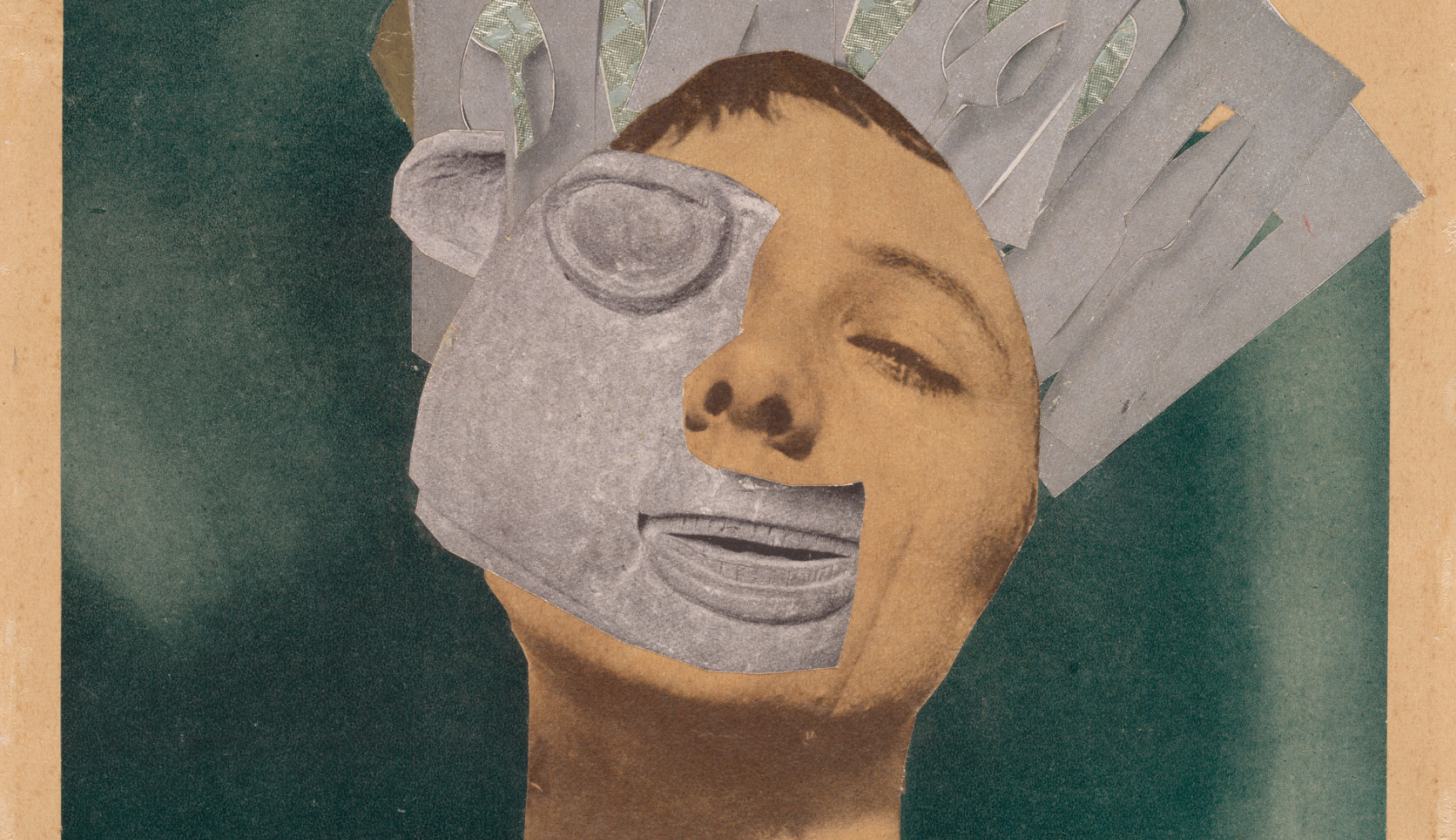
As creative photography evolved as a medium, new methods have started to emerge, one being front-projection. This used mounted projections, compositions of paper, paint and photos that would be placed on boards. The images were fixed with a hand-applied emulsion and later photographed and enlarged.
Another involved scissors and glue where you would physically cut and paste actual images and combine them into original collages.( AI of its time). This was specifically used by the Dada art movement, this group of prolific artists and intellectuals, including the French Marcel Duchamp, Fransis Picabia and Man Ray in New York.
With the advancement of cameras, double or multiple exposure became very popular. Photographers would open the camera shutter several times to expose the film with different images. With every subsequent image being superimposed over the first one, it would create ghostly images of people and objects that were added to the original scene.
Compositing techniques have significantly evolved over the past decades with the integration of the computers in the art creation process and the introduction of digital image editing software such as Photoshop in the 1990’s. These programs have made the process much easier and allowed people to push the boundaries of the digital image. Creative art from modern photographic techniques have continued to evolve. Bringing us to today.
AI technologies
The emergence of text to image platforms such as Mid journey and Stable Diffusion etc. are allowing people to creative photographic art in seconds without using a camera and more importantly, using our images to create this art by simply typing a short description such as “young lady in Italy low depth of field”. This of course brings so many issues - copy write for example is one but the other this is how in the future will we know what is real and what is not.
More recently Adobe CC Photoshop version with Generative function is going to bring in more issues. Also now of course smart phone technology, which has these features built in to the images.
But are we just going through another huge change in our creative photography lives as when Photoshop first arrived and then digital cameras arrived. Only time will tell, There will be good and bad that comes with AI but it is here to stay. Only the future knows how all this will work out.
But in the meantime as 1X users we have the works of the amazing creative people in our community.
'The beginning' by Sulaiman Almawash
'Conscience' by Christophe Kiciak
'the last passenger' by Leyla Emektar La_
'Uprooted 'by Anette Ohlendorf
'HelloFriend' by Marcel Egger
'Seven Thirty Nine Promises' by hardibudi
'Fantasia' by XibiaoHuang
'Mummy look!!!' by DDiArte
'The soul is like a dandelion..' by Natalia Simongulashvili (NATALIORION)
'Empty inside' by Roland Helerand
'Moon Lamp' by Sulaiman Almawash
'Ariel' by Dmitry Laudin
'Eve' by Christophe Kiciak
'Inner Child' by Aryana Golchin
'Sleeping Beauty' by Sebastian Kisworo
 | Write |
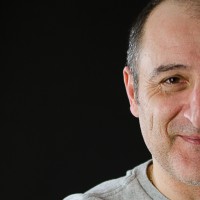 | Federico Righi PRO Amazing gallery and great article. Congrats |
 | Colin Dixon CREW Glad u enjoyed it |
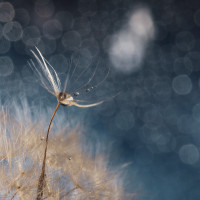 | Igor Kopcev Wonderful article and photographs! |
 | Colin Dixon CREW Thank u ! |
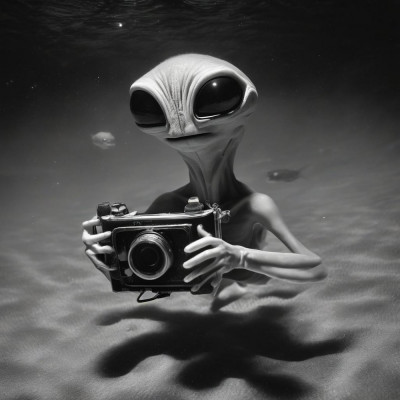 | KIMIO KOBAYASHI PRO Thanks for a nice article which provides insight to the past as well as the future. |
 | Colin Dixon CREW Thank you |
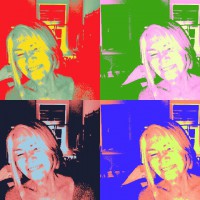 | Jane Lyons PRO Wonderful article and photographs! Thank you Colin and Yvette. |
 | Colin Dixon CREW Thank you Jane |
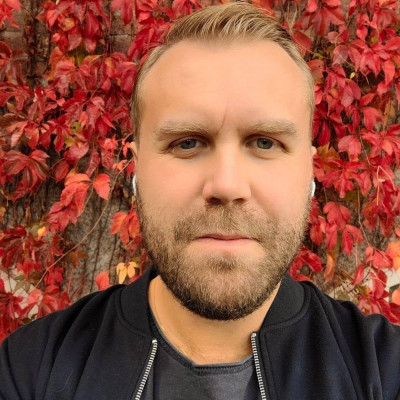 | Jacob Jovelou FOUNDER Lovely article :) |
 | Yvette Depaepe CREW Great to read you here, Jacob. Thanks for your appreciation! |
 | Colin Dixon CREW Thank you Jacob |
 | sherry ma PRO So Enchanting! Congrats! |
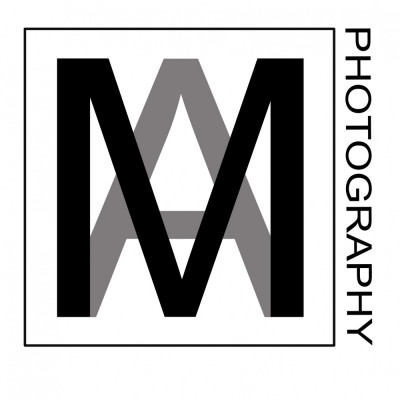 | Michael Allmaier PRO great images. ... |
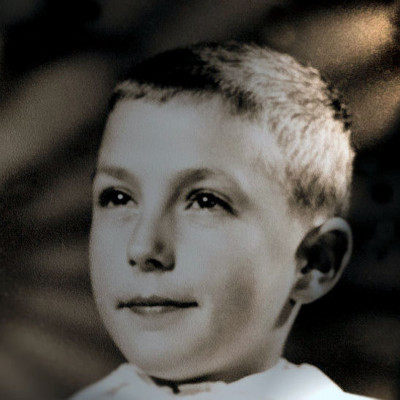 | Thierry Dufour PRO Fantastic images, splendid article, congrats !!! |
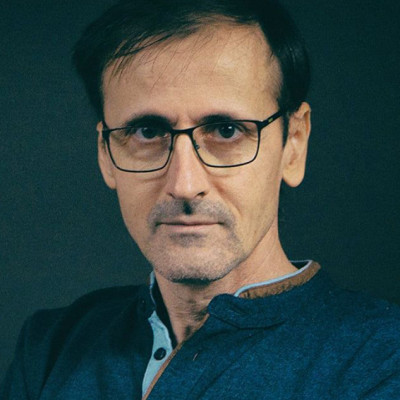 | Mihai Bogdan R Wonderful images here!
|
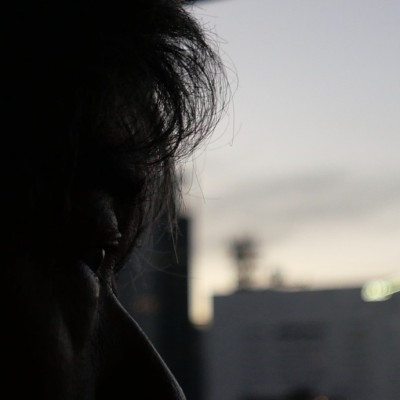 | Tomo PRO It's a wonderful collection of works that expresses the richness of human creativity in an abstract way.
It is a great learning experience .... Thank you for the best project! |
 | Colin Dixon CREW Thank you |
 | DDiArte PRO very good article!! and thanks to use one of my creations |
 | Colin Dixon CREW Thank you your work is inspirational to us creatives |
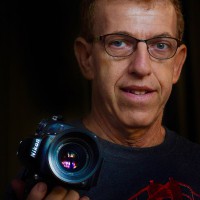 | Izak Katz PRO Creative images and interesting article ! .
|
 | Colin Dixon CREW Thank you |
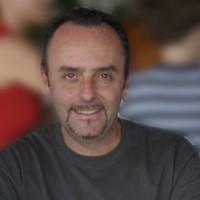 | Giuseppe Satriani PRO Colin, very nice article and very balanced approach vs AI and how it is moving the creative process. I am really very happy that in 1X community the opinion on this new creative tool is... "softening up". It was only a question of time because for many.... "digestion is slower" than for others... |
 | Colin Dixon CREW Yes we are all using it now and of course have been with the clone stamp etc. We as artists of photography will always put the photography first and as I say the future will have the final say in what happens but we should embrace it and use it correctly. Not forgetting we are photographers. |
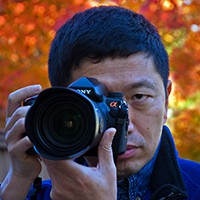 | John Fan CREW Amazing works! |
 | Yvette Depaepe CREW Thanks for this most interesting article about creative photography originated in the paste and being also a strongly contemporary subject too. My best compliments, Colin !!! |
 | Colin Dixon CREW Thank you |